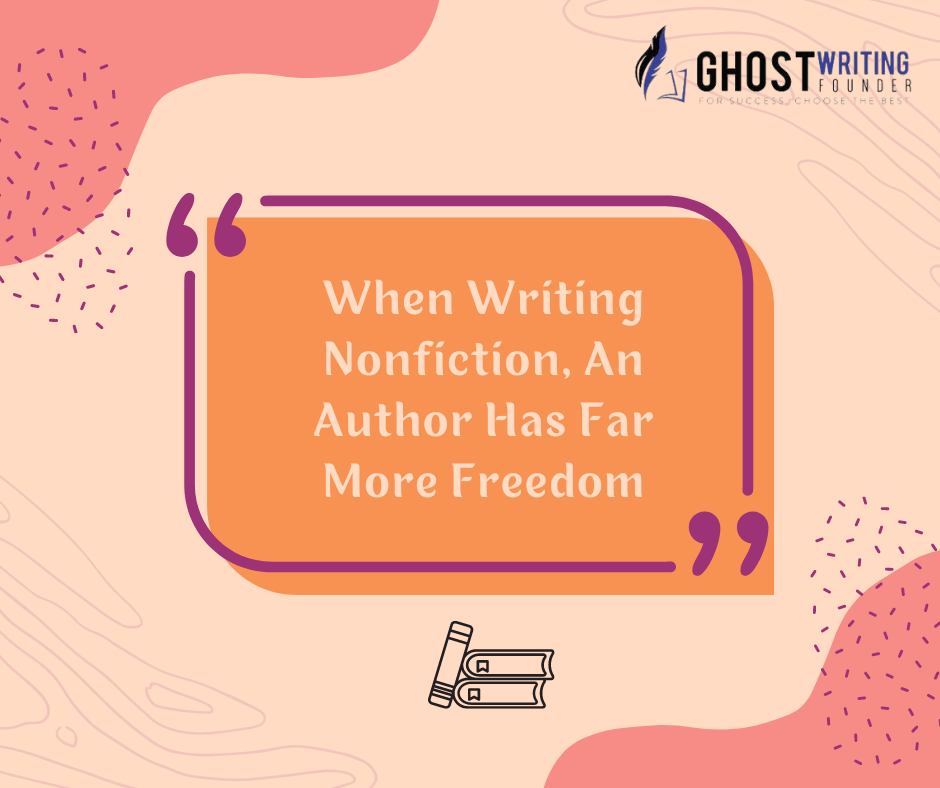
Writing
Direct characterization is a technique writers use to help readers understand the traits and personalities of a character. It means that the author tells the reader what the character is like instead of leaving it up to the reader to figure it out. Direct characterization helps readers connect with and understand them. By describing how a character looks, acts, and talks, a writer can make a clear picture in the reader’s mind. This makes the story more immersive and interesting.
Direct characterization, in short, is a clear and effective way for writers to show important things about their characters. By doing this, they can make characters that readers will remember and care about even after the story ends.
Difference between direct and indirect characterization
Indirect characterization differs from direct characterization because it shows a character’s traits through actions, dialogue, or how other characters see them. This means that the reader has to figure out the character’s personality or traits on his or her own, whereas direct characterization shows these traits right away.
Direct characterization is often used in stories to quickly and clearly show how a character acts or looks. For example, a writer might say that a character is “tall, dark, and handsome” to show how they look or “brave and adventurous” to show what kind of person they are. A ghostwriting service company uses both types of characterization to create well-written content.
Examples of Direct Characterization
Direct characterization is important in literature because it helps readers understand the characters and what they do. By using specific details and descriptions, authors can make characters that are more vivid, interesting, and easy for readers to relate to.
E.g, “Pride and Prejudice” by Jane Austen, Mr. Darcy is shown to be proud and arrogant, while Elizabeth Bennet is portrayed as smart and funny. These details help the reader understand and connect with the characters and how they interact and fight with each other during the story.
It’s important to remember that one of the most important parts of direct characterization is specificity. The more details you give, the better the reader can picture the character. On the other hand, describing a character in a vague or general way can make them seem flat and hard to remember.
In Harper Lee’s “To Kill a Mockingbird,” the character of Atticus Finch is specifically characterized as a fair and just man who stands up for what is right, even in the face of adversity. This direct way of describing Atticus makes him a character that readers will remember and look up to.
How do writers use direct characterization?
Direct characterization is a way for a writer to explain to the reader what a character is like and how they act. There are several ways that authors can use direct characterization to create engaging and memorable characters.
One way that writers directly show who a character is is by describing how they look. This includes height, weight, hair color, and clothing style. For instance, the reader can easily recognize and remember the character when J.K. Rowling talks about Harry Potter’s famous lightning-bolt scar.
Writers also use direct characterization by digging into the personality and actions of a character. This can include what they like and don’t like, what they think is right and wrong, and their strengths and weaknesses. In “The Great Gatsby” by F. Scott Fitzgerald, Jay Gatsby is described as a man who loves Daisy very much and is willing to do anything to get her back.
The use of dialogue is also an effective way for book writers to reveal a character’s traits through their words and actions. You can learn much about a character from their chosen words and how they say them. Arthur Conan Doyle’s “The Adventures of Sherlock Holmes” features a sarcastic and funny dialogue that helps make Sherlock Holmes a unique and memorable character.
Lastly, writers can show how and why a character acts the way they do by looking at their past. When readers know what happened to a character in the past, they can better understand why that character acts the way they do. In Suzanne Collins’s “The Hunger Games,” Katniss Everdeen’s sad past shows why she doesn’t trust other people and is determined to stay alive.
Advantages of Direct Characterization
Here are some of the advantages of using direct characterization in literature:
Direct characterization makes understanding a character’s personality and traits easy:
This is one of the best things about direct characterization. When you describe a character’s traits directly, it’s easy for the reader to connect with them and understand why they do what they do throughout the story.
Direct character development makes it possible for the reader to feel sympathy for a character:
Direct character development is also helpful because it lets readers understand how a character feels. By describing a character’s traits to make them seem real and understandable, you can help readers understand the character’s struggles and feelings. This makes the reader feel more connected to the character, which makes the story more interesting and easy to remember.
Direct characterization can be used to drive the plot forward:
Lastly, direct character development can also move the story along. Authors can create conflicts and tension that move the story forward by showing what motivates and interests a character. This gives the story a sense of urgency and excitement, which keeps the reader interested.
Disadvantages of direct Characterization
While there are many good things about direct characterization, some things could go wrong if you use it. Here are some of the main disadvantages:
Direct characterization can be overly simplistic:
Direct characterization can be too simple, which is one problem with it. An author may use stereotypes or generalizations when directly describing a character’s traits and personality. This can make characters seem less interesting and flatter to readers.
Direct characterization can be predictable:
Another possible problem with direct characterization is that it can be easy to guess what the character will do next. If a character’s traits are too clear, readers might be able to guess what the character will do and why. This can make the story less fun and exciting.
Direct characterization can limit a character’s potential for growth and development:
Lastly, describing a character directly can make it hard for them to grow and change. If a character’s traits are too clear, it may be hard for that character to change or grow in important ways as the story progresses. This can make the character seem less real and interesting, reducing the story’s impact.
Key Characteristics and Profound Details
| Aspect | Details | Example in Literature |
|---|---|---|
| Role in Storytelling | Direct characterization helps readers visualize and connect with characters. | Mr. Darcy in “Pride and Prejudice” is directly characterized as proud and arrogant. |
| Contrast with Indirect Characterization | Direct characterization tells traits explicitly, unlike indirect characterization. | Atticus Finch in “To Kill a Mockingbird” is described as fair and just, a direct approach. |
| Physical Descriptions | Authors often use direct characterization to describe a character’s appearance. | Harry Potter’s lightning-bolt scar is a direct physical characterization by J.K. Rowling. |
| Personality Insights | Reveals character’s personality traits and motivations directly. | Jay Gatsby’s love for Daisy and his determination in “The Great Gatsby”. |
| Dialogue Usage | Character traits can be revealed through their specific dialogue style. | Sherlock Holmes’ sarcasm and wit in “The Adventures of Sherlock Holmes”. |
| Backstory Integration | Direct characterization can involve explaining a character’s past. | Katniss Everdeen’s past in “The Hunger Games” explains her distrust and resilience. |
| Character Development | Allows for immediate understanding of a character, but can limit growth potential. | Overly simplistic or predictable characters due to direct characterization. |
Conclusion:
Direct characterization is a powerful way for writers to make characters that are interesting and easy to remember. Using various techniques, authors can make characters feel real, interesting, and likable. But using direct characterization and other literary techniques to make a really interesting story is important. By doing this, authors can write stories that stay with readers long after turning the last page.









Leave a Reply